Biological Control of Wireworms
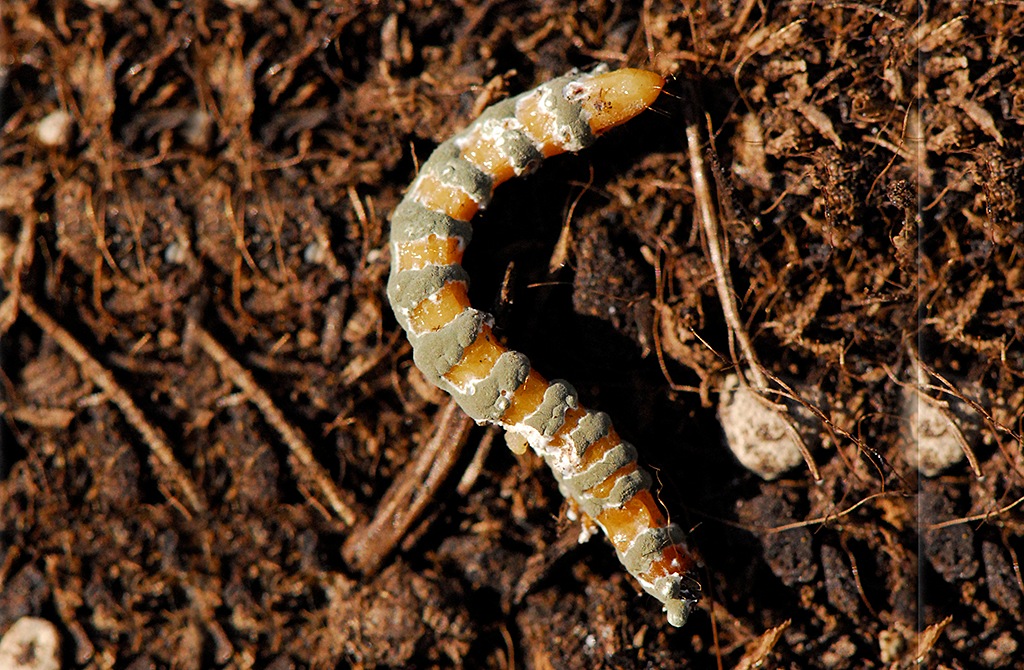
Long life cycles, a wide-ranging diet, and the ability to withdraw into deep soil layers in the event of danger – all these characteristics make controlling wireworms particularly difficult. Entomopathogenic fungi are the most important natural antagonists of these pests. They are ideally adapted to life in the soil eco­system, have a specific effect, and can be produced on an industrial scale at reasonable cost. With their use, and based on the model of the successful biological control of cockchafer grubs, sustainable control of wireworms should soon be possible.
Nanotechnology in Agriculture
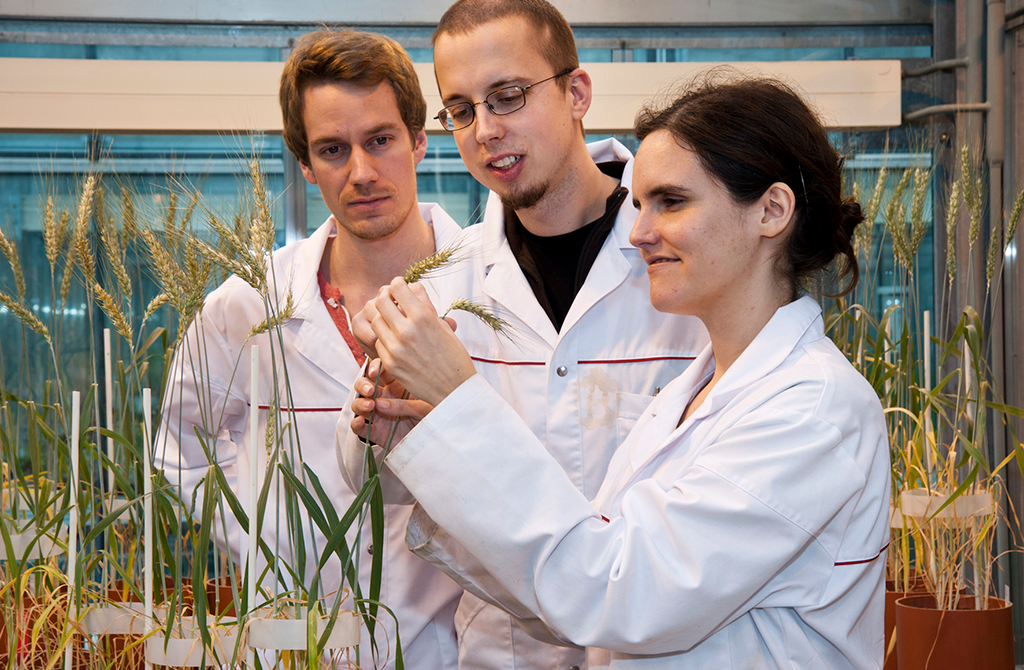
Nanoparticles are increasingly being considered for the optimisation of plant-protection products and fertilisers. Up until now, however, their behaviour and impact in the agricultural environment have been largely unknown. In exposure experiments of increasing complexity, titanium dioxide nanoparticles and carbon nanotubes at higher concentrations led to various effects on beneficial plants and symbiotic soil microorganisms. These findings serve as the basis for an in-depth risk assessment.
Economic Benefits of Bee Species
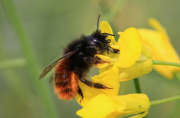
Which bee species make an important contribution to the pollination of agricultural crops? A global study shows that honeybees are responsible for around half of the economic contribution of pollinators to the production of insect-pollinated crops. Around 125 common wild bee and bumblebee species around the world contribute the other half. These can be encouraged in the agricultural landscape with comparatively simple measures such as flower strips. By contrast, rare and endangered wild-bee species require specific nature protection measures. There are many good reasons for supporting rare species – particularly given that it is currently unclear which species – under possibly changed climatic conditions – will be important for pollination in future.
Promoting Beneficials with Flower Strips
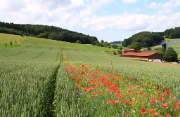
Field trials in the cantons of Zurich and Aargau have shown that custom-tailored flower strips can reduce pest infestation (cereal-leaf beetle, aphids) in arable crops to below the threshold of economic damage. This is because flower strips encourage beneficials such as hoverflies and ladybirds. In the ‘100 Flower Strips for Beneficial Insects’ Project, these trials are now being extended to farms and agricultural colleges throughout Switzerland. Agroscope aims to test whether the highly promising initial results can be repeated, and whether the encouragement of beneficial insects may even result in increased yields.
Photos: Flower Strips
Slurry Emissions Down, Yields Up
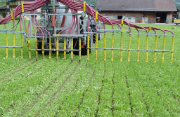
Emission-reducing slurry-spreading techniques do exist, but how do they influence yield, botanic composition and forage quality? Effects on forage yield tended to be slight: The use of the trailing-shoe spreader gave a slight edge in yield compared to the other two techniques (broadcast and band spread). Thinning the slurry was shown to have a positive effect, bringing about the most consistent increase in yield. In terms of botanic composition, no significant differences were noted. Somewhat surprisingly, with forage quality, the quality of the plant population and degree of pre-wilting were much more important than technique, the timing of the application or slurry consistency.





